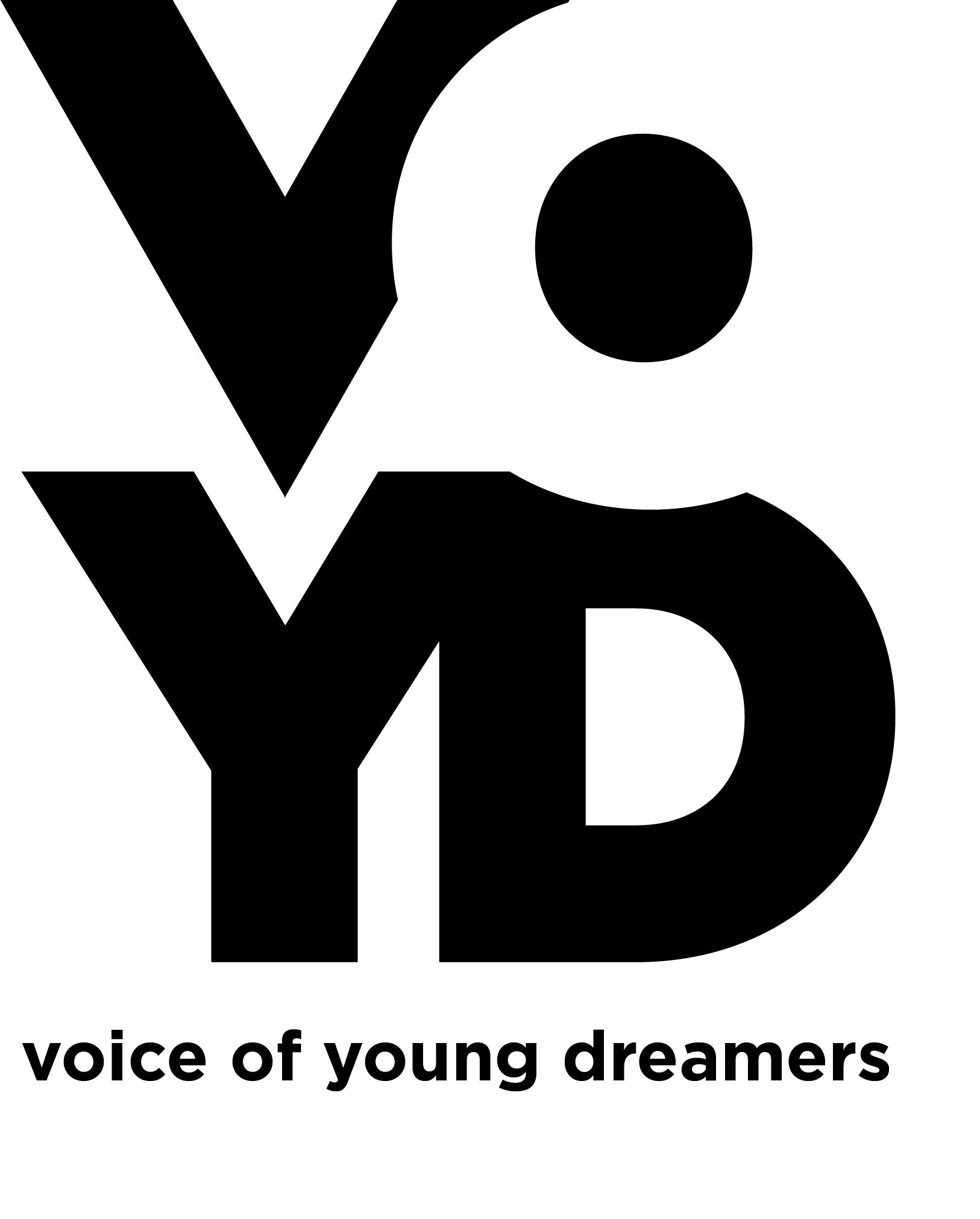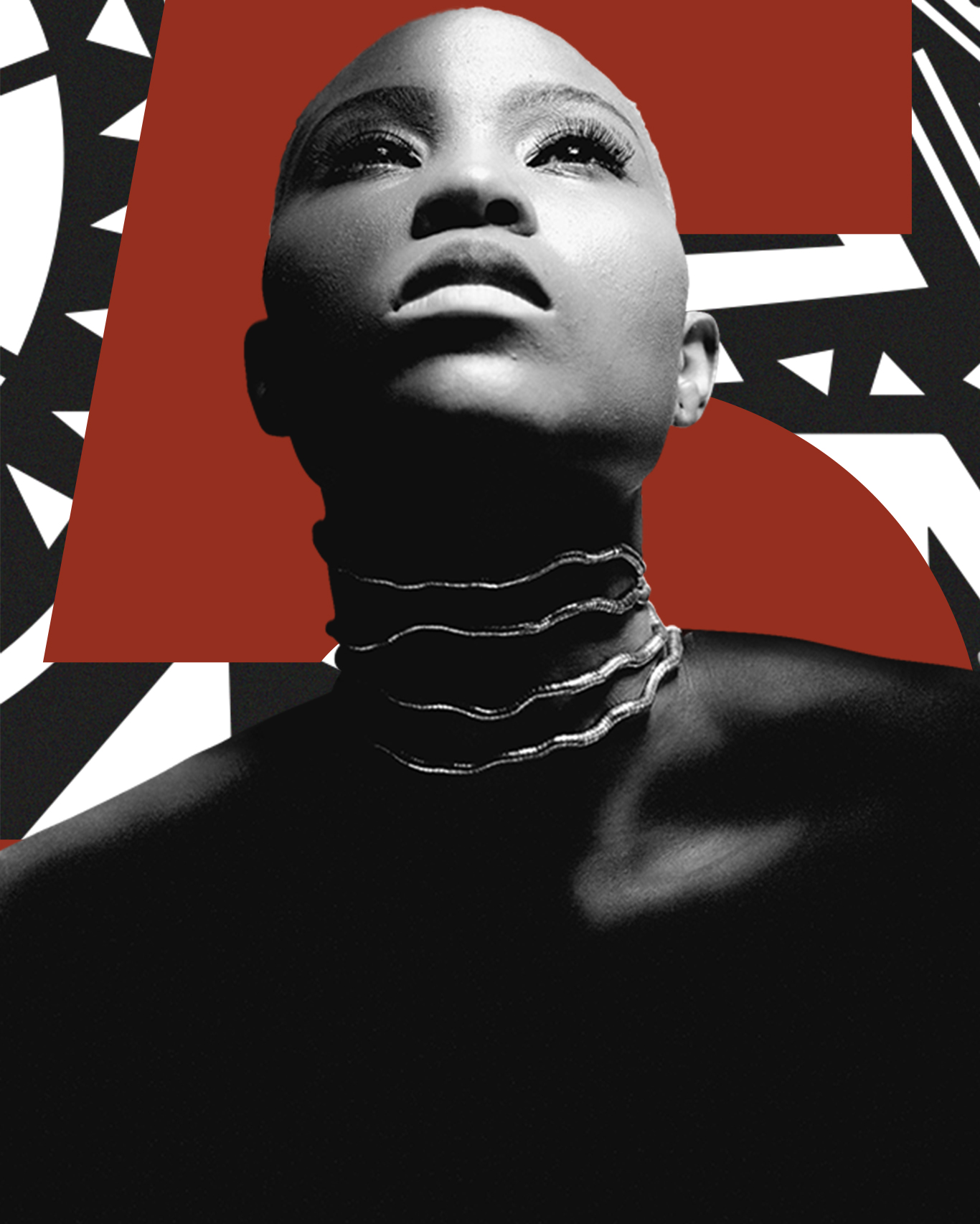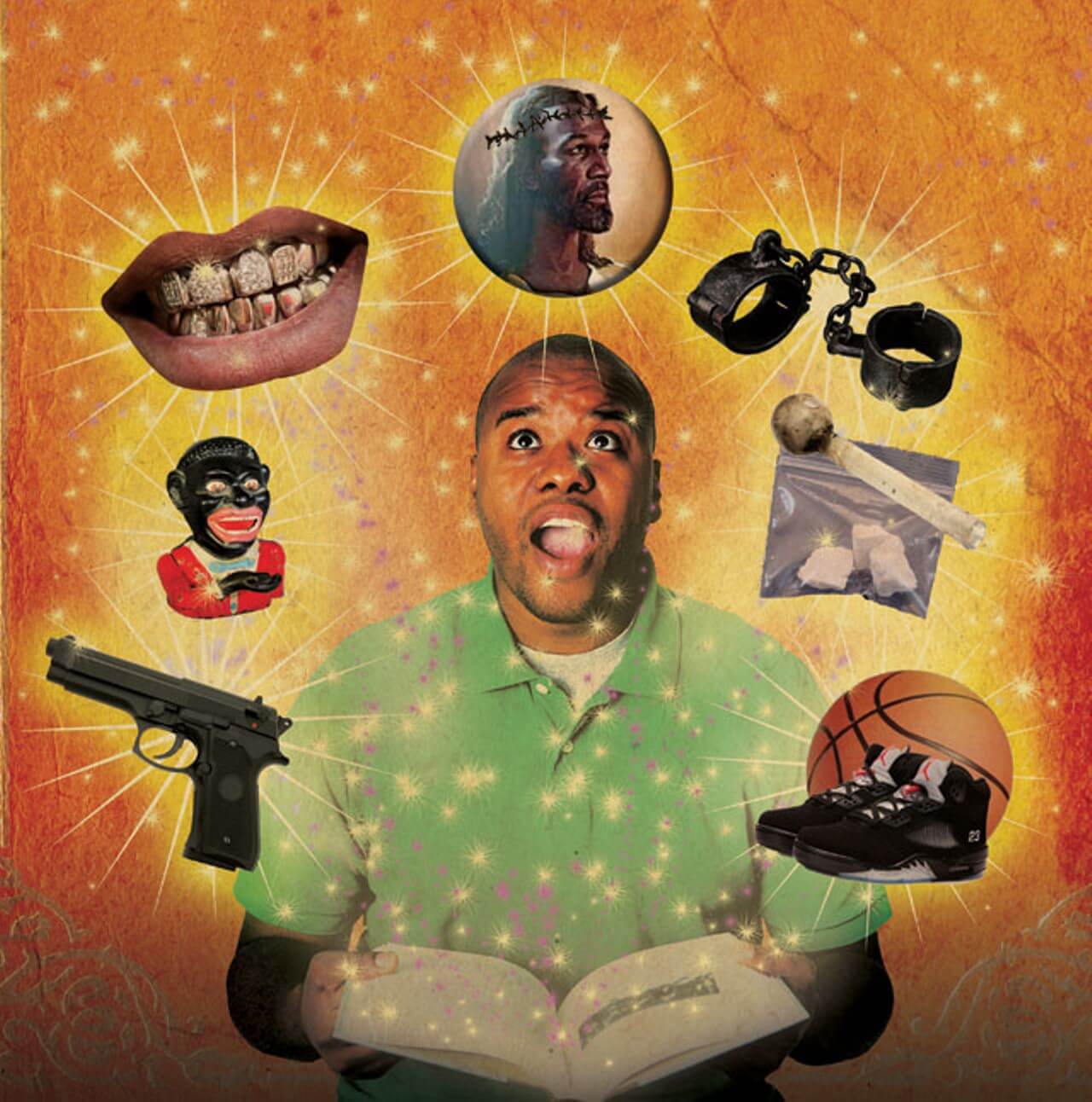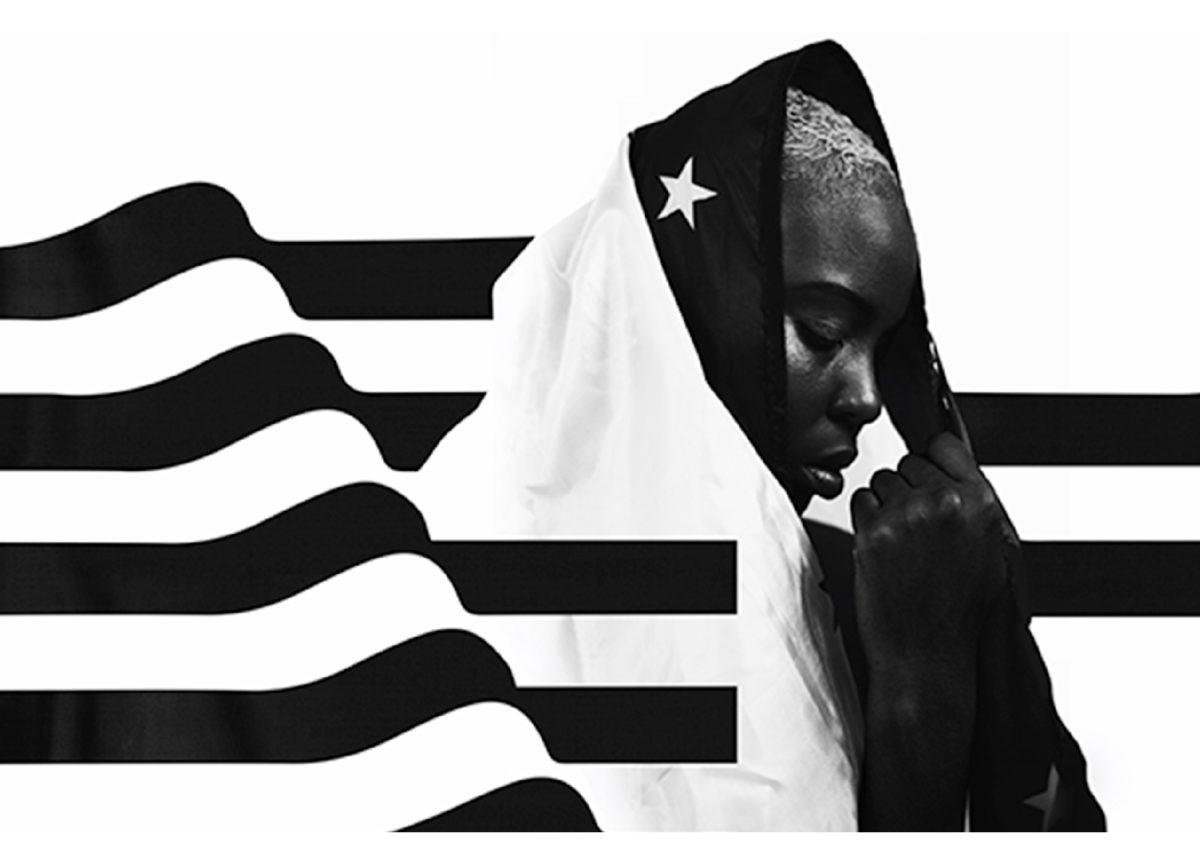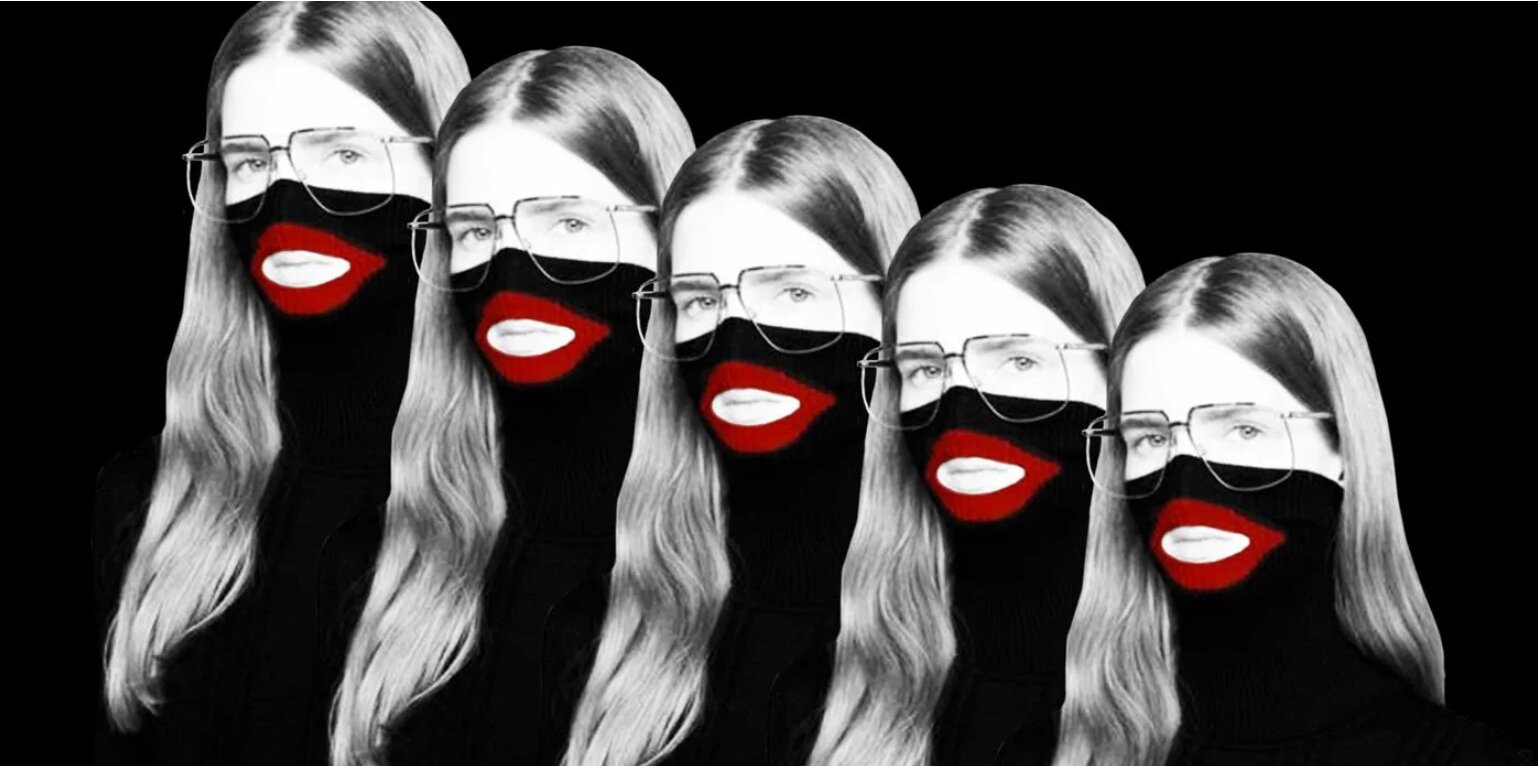A MOVEMENT OF BLACKNESS

The Art of Blackness a collective based out of Chicago is more than just an art exhibition, but rapidly turning into an undeniable movement. Created by Lashun Tines as a platform to connect black creatives, build partnerships, and meet new people is gaining national attention and Lashun is becoming known as a revolutionary in his own right.
Their main exhibition that features over 22 artists of color and over 5,000 people in attendance have people talking, and we wanted to catch up with the mastermind behind this movement.
Voyd: Tell us a little bit about yourself? What made you decide to create this company? What is your style and motivation for this group? Do you plan to do shows in other markets?
Lashun: Originally was called Diaspora Exhibition, subtitled AoB, but there were so many Diaspora movements occurring. I can’t take credit for the popularity of the word, but the word became increasingly popular, so I had to switch to the AoB. But, the primary reason was that (drinks) I knew so many African Americans designers who were struggling in the field: not only just to get jobs, but also with visibility itself in award shows and you know, things like internships. And, I heard so many stories that it just became overwhelming, and I was already a part of the Obama art movement, with (Ray Nolan) planning an exhibition and executing one was already one I’d seen, done thanks to Ray on a really super high level, so I took the skills I learned in turn with Ray and applied it to the AoB idea, which is really close to my heart, so…that’s how it began.
Voyd: Compared to other key markets what makes Chicago art scene different? Was it hard wrangling talent for this event, since it is one of a kind and based in Chicago?
Lashun: I think the Chicago scene is difficult, to say the least, you know, primarily because the reason why black people are even in Chicago in such large numbers, the great migration was the advent of the increase in the African American presence in Chicago, and most people primarily came here for blue collar jobs. So, the blue-collar sentimentality … (is that even a word?) mentality, (laughs) Blue collar mentality came from the great migration that’s been a concurrent kind of ideology in Chicago since, so the thirst for artistry isn’t as strong in Chicago as it may be in places like New York or Atlanta, or where people will relocate simply to pursue their artistic dreams — whether that’s illustration design, or fashion design, or music. It’s something that Kanye West has expressed pretty frequently in his music: the idea that he had to leave Chicago to blow up and then, you know, it’s a real thing, so, that’s one of them … the issues that affect artists and designers in Chicago as a whole, not that’s strictly something in African American designers and artists experience themselves.
I think the second thing is that Chicago can tend to be a little cliquish. I don’t know the historical significance or origin of where that cliquishness comes from, but within our own demographic or within our own ethnic segment, we’re cliquish with each other. When you combine that cliquishness within our own community to the cliquishness that occurs outside of our community, like let’s say in the white community, then you see how it’s hard to have this meeting of the minds between two ethnic groups, because we can’t even collectively agree on ideologies within our own communities, so it makes it hard for artists to get their ideas out. As well as to, you know, get their art across to different audiences.
Voyd: When curating these events, what is your creative process?
Lashun: For me, the creative process starts with a lot of hesitation. (laughs) It’s not an easy to live in a world that you define yourself. Some people have traditional nine-to-fives, where they get up in the morning and they go right to work and everything is defined, laid out for them based on the rules and procedures within the company itself. But, when you have your own idea, you’re defining the entire process from the arts, including to how it’s going to be promoted to key messaging for the exhibition from year to year. The entire process is something that’s dictated by yourself, so, it can be a little difficult. I find a great way to incentivize, get the process going, is by developing very defined deadlines for the project itself, for the exhibition itself. So, for instance: sponsorship proposals should be in as soon as possible. Two months in. Two months before the exhibition. So, that’s usually the first thing. Then, you have to think about solidifying the date with the venue…that comes with its own list of requirements. Then, you start thinking about when I want to start the advertising process, like the serious advertising process, no less than two weeks before the event. Those kinds of deadlines are, for me, very instrumental in the process of not only executing the exhibition but also providing encouragement that I need as an artist to actually get the ball rolling, because we can, you know, live in a world entirely composed of, you know, exploration and rounds and rounds of iterations, but defining those key deadlines helps to, as an artist, inform me that I need to get the ball rolling, I need to get this completed, I need to get this completed. It helps with execution overall.
Voyd: What’s next?
Lashun: It’s funny; during the interview with AfroPunk, and they define the Art of Blackness as cultivating a creative community in Chicago, and I think that it actually, and it’s not something I physically said, it’s actually something that’s totally on par with what’s next for the AoB, so that means really activating our social channels, being involved in more events, and not necessarily events that we’re creating on our end, but also collaborating with other artists and their initiatives and giving those guys promotional support, and being a part of their vision, and helping the next generation of artists to activate their ideas or execute their activations … in addition to our features, which we’ve already been doing for a couple of years. So, that’s what’s next: being more aware, not aware, being more active in the community. (and, fuck… this is a long interview. *laughs* Sorry about that) You know, just supporting artists and their goals and initiatives.
I think that’s it. Yeah.
